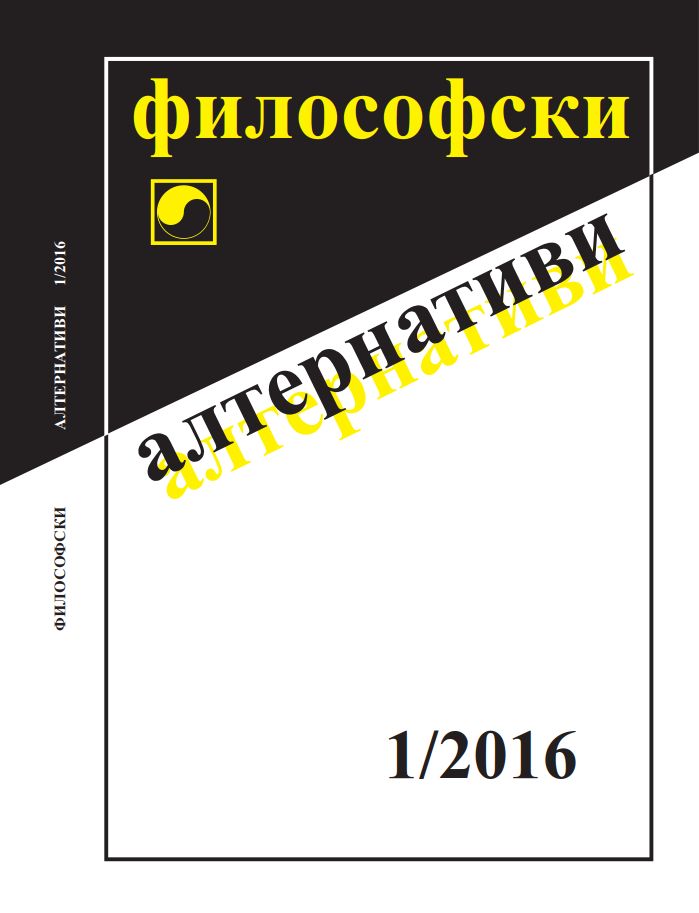
We kindly inform you that, as long as the subject affiliation of our 300.000+ articles is in progress, you might get unsufficient or no results on your third level or second level search. In this case, please broaden your search criteria.

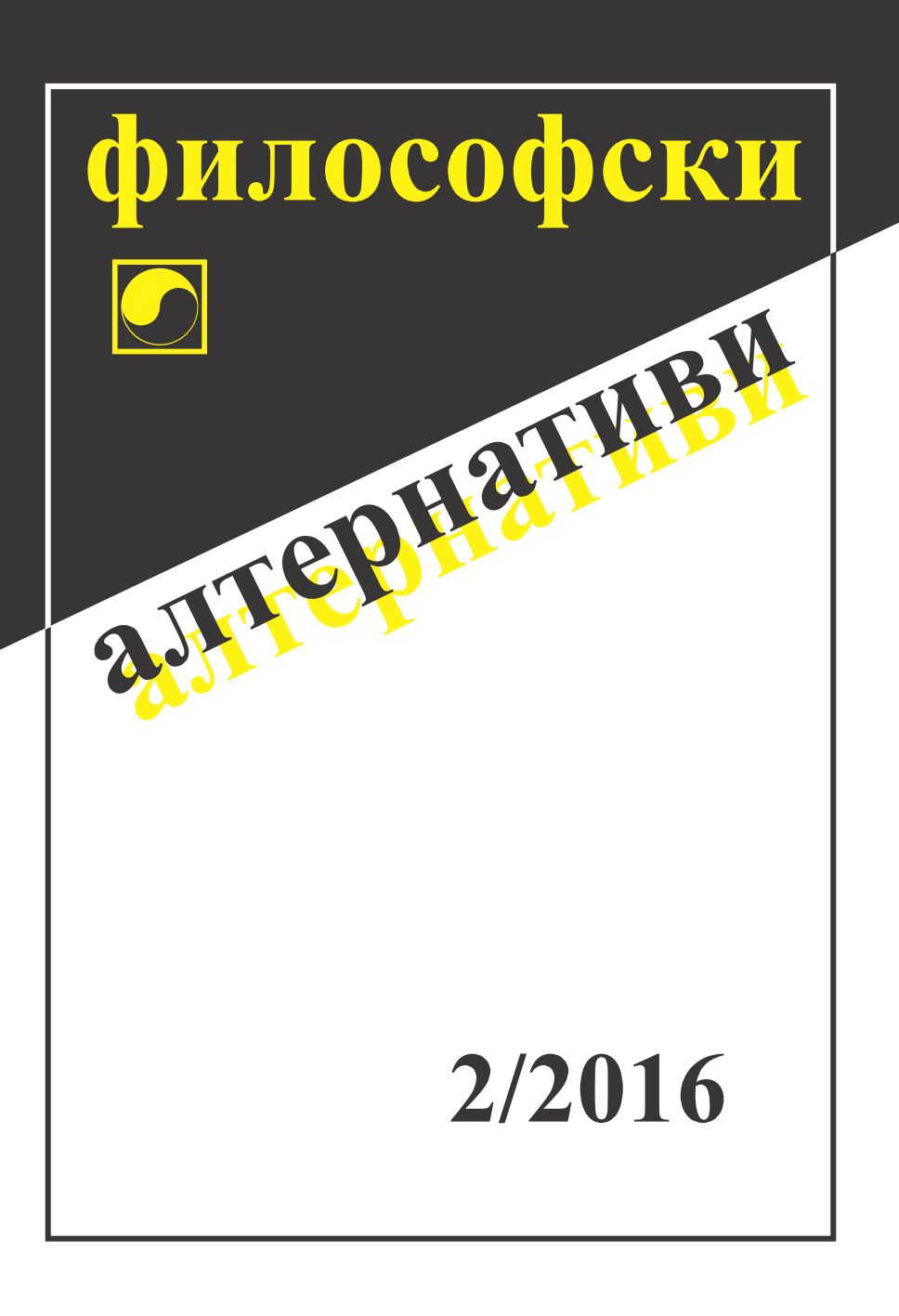
Usually associated with the notion of scientific cognition is the notion of scientific rationality. But science is bivalent – it is a synthesis of cognitive and social components, factors, functions, results. It develops under the influence of broader cognitive and social contexts. It is natural that, within science, cognitive rationality is closely intertwined with specific forms of value-normative rationality. This significantly, and often decisively, affects the process of the production of scientific knowledge and its impact on society.
More...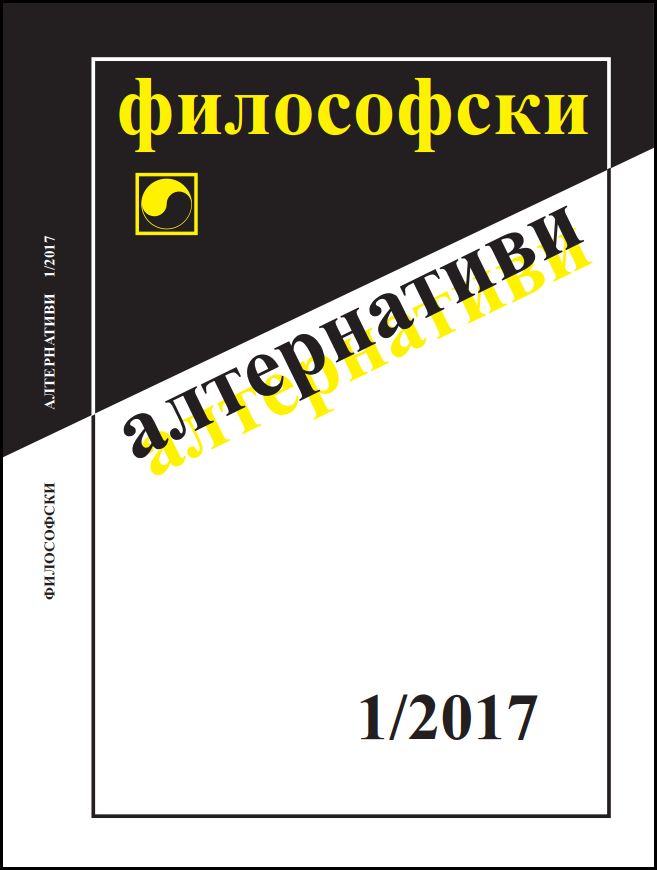
The article is devoted to the problem, but still not lost its relevance theory about binominal nature of reasoning. The author has turned to a theoretical - historical reconstruction of the classic views of Thomas Hobbes who can be united under the name “two-names theory” and for which researchers differ in their conclusions. It's about the idea that language consists of names and that the two main term in a judgment - subject and predicate - act as names. This theory is shared by John. St. Mill, but is subject to critical analysis by G. Frege and B. Russell. At this historical and philosophical background are addressed three topics: the semantic role of the names, the dependence of their importance to the principles that govern the logical form of a valid proposition and the conclusions of T. Hobbes on definitions needed for the birth and development of theoretical knowledge.
More...
Hilary Putnam, one of the most famous analytical philosophers of the 20th century, died in 2016. His intellectual legacy extends to many areas of analytic philosophy and, beyond philosophy, to mathematics and computer science. The present article is focused on his particular contribution to the philosophy of mind – the thesis of the multiple realizability of mental states. Multiple realizability is among the most influential arguments in the debate on the mind-body problem and on the relationship between psychology and “the more fundamental” natural sciences (neuroscience, physiology, biology, physics, etc.).The article presents a brief overview of multiple realizability. In the first part, the author introduces the concept, and in the second part presents a reconstruction of the main argument of multiple realizability, as well as the most frequent applications of the concept in the philosophy of mind. In the third part, some of the most influential critiques of multiple realizability are reviewed.
More...
This article discusses the significance of Hilary Putnam’s “brains in a vat” argument for the metaphysics, epistemology, and philosophy of language in the last 30 – 35 years; the presentation is limited only to the classical discussion of the argument, almost entirely leaving aside the contemporary debate. Putnam devised this argument in order to refute both metaphysical realism and skepticism in philosophy. The analysis of the argument against metaphysical realism demonstrates that this realism is based on the causal restriction of linguistic reference. After the reconstruction of Putnam’s argument, the article attempts to show by further analyzing it the extent of its consequences for a philosopher’s epistemological stance, and especially for theories of truth.
More...
Using an analytical and synthetic approach, the article presents a summary of the changes that have taken place in the social context of science in the modern knowledge society as compared with the earlier industrial society. The author identifies the intense dynamic changes in the role, status and social functions of science occurring during the formation of knowledge-based societies. The article also identifies various concepts, models and political theses that, while focusing on one or another of the important aspect of these processes, fail to adequately articulate or explain the whole range of changes taking place in the exo-systemic social context of modern science. This proliferation of theoretical concepts and the diversity of their main focuses calls for a reconceptualization of the social dimensions of modern science, which would allow a sharper delineation of the new elements in the positioning of science as a factor of social development and in the interaction between science and society. It would also enable a more adequate and detailed interpretation of the respective processes. In this connection, a new concept of “socially robust science” is introduced.
More...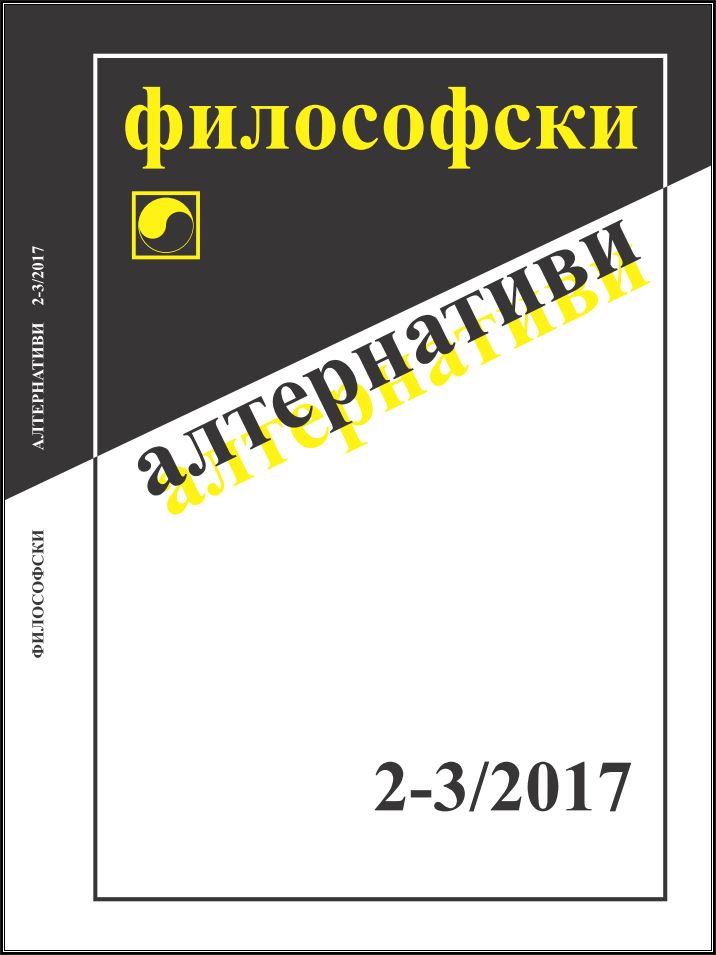
The article aims to indicate the aspects of reality we measure daily with our own imagination, perception and reason. The hidden reality inside that reality appears within life’s emanations. What we think, what we do, what we experience, refer to a hidden reality unknown to us; yet this parabolic reality is active everywhere and always. The main way to capture this new extra-dimensional world is through metaphor or, more generally, through tropology in the arts. We use tropes to reach the hidden levels of our reality, because they are infinite and produce paradoxes that lead to parabolic reality.
More...
The article argues that theorizing about the origin of the universe is imbued with metaphorical language. Only such a language can produce intuitive representations about some cosmic “cause” of the birth of the universe. Nor can it be otherwise, when one strives to say something about the genesis of everything – whether the theorizing be couched in theological or in purely scientific concepts.
More...
The possible has become a distinct construction in philosophical theories, but this would imply that it should be amenable to structuring in certain ways and figures, which could be used as instruments in theoretical construction. The article offers several models of the possible, built with their original and leading metaphoricity. Starting from Aristotle’s model of the possible, it is interesting to see how this view of “the possibility of a thing” leads to “the concept of force” in Hobbes and Leibniz. The construction of the possible is especially interesting in that it is like a field, an area, where multiple things have their positions. Here, of course, the leading viewpoint is the construction of space proposed by Hobbes, but no less interesting is Leibniz’s critique of absolute empty space as a “sensorium”, Newton’s amazing metaphor. Introduced as a field, a universum, the possible requires to be filled up, requires its own “spectrum”, “degrees” (in Kant’s term), with steps taken and inner construction works done to intensify and organize it, and attains Leibniz’s famous concept of “the best of all possible words”. Finally, the article structures the unchained connections and correlatives in the triad of “possibility-actuality-necessity”, with its models and metaphoricity in Hobbes, Leibniz and Kant, and offers a description of the three modal areas in one common and absolute relation.
More...
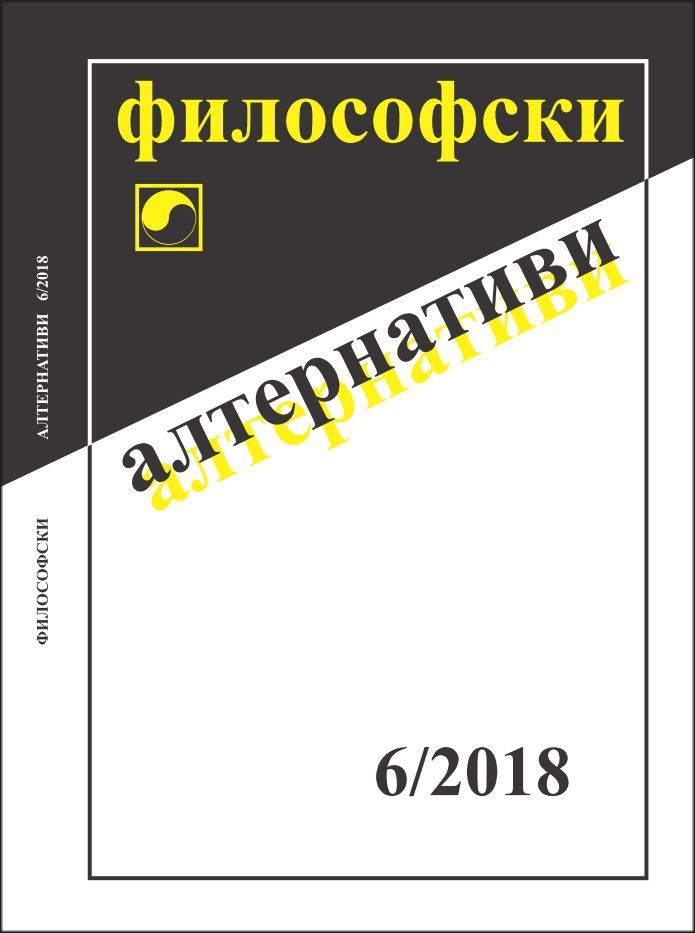
1) The adaptation of our system of knowledge to “recalcitrant experience” can be postponed, even indefinitely. 2) This also holds true for the elimination of contradictions internal to the system. 3) Hence, the system does not automatically obey the laws of logic and the logical relations between statements are never definite. 4) There is not only one system of knowledge comprising all sentences, ranging “from the most casual matters of geography and history to the profoundest laws of atomic physics or even of pure mathematics and logic”; there are numerous such systems. 5) Since logic is no less answerable to the “tribunal of sense experience” than are the natural sciences, their laws can also be regarded as rules of inference. 6) The system’s function (and the stimulus to its continuous reconstruction) is not merely to predict future sense perceptions, but also to actively create phenomena.
More...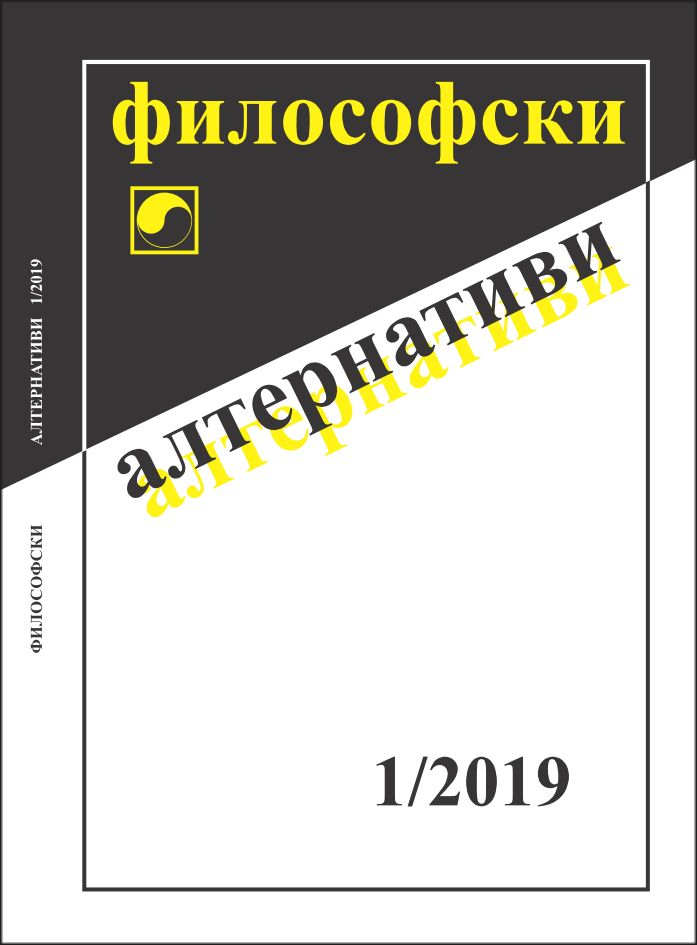
Quine’s thesis regarding indeterminacy (linked to relativity) of translation passes into the thesis regarding the inscrutability of reference, developed within the framework of a philosophical project in which natural science is seen as the only form of empirical knowledge (naturalism). Following the tradition of analytic philosophy, Quine uses speculative (thought) experiments, such as that of the radical translator (a linguist interpreter in a foreign culture and lacking a mediator). If we accept Quine’s approach and naturalism project, and his theses about reference and translation, we can check the extent to which his experiments and analyses have meaning and validity in linguistic anthropology and to what extent linguists themselves use and criticize them. Developed as a speculative experiment and debate regarding natural language, Quine’s thesis makes sense in the framework of analytic philosophy, but, like other purely philosophical theses, is fictional and poorly referred to the empirical situations of translation in linguistic anthropology. I apply here some relevant conclusions regarding indeterminacy, which are drawn from my Philosophy of Relativity (Gerdjikov 2008).
More...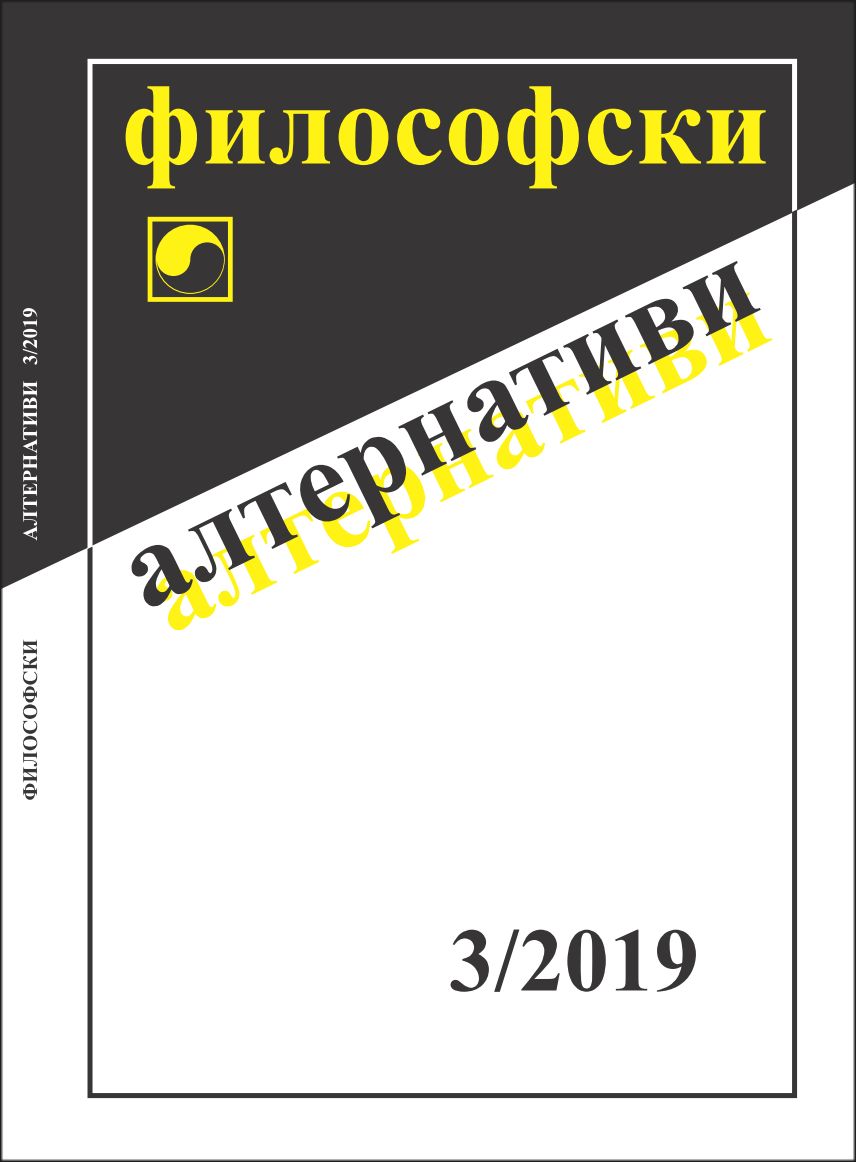
Michel Foucault’s aesthetics of existence interweaves several themes: a concept of ethics as a form of relation towards oneself, care for the self, the idea of shaping life into a work of art, and the intention to create new modalities of subjectivity. This is an attempt to recreate an ethics and aesthetics of self. The subject here is determined by relation to oneself, not by a rule or a code. Foucault’s thinking is a way of answering the question of becoming oneself, but the answer differs from that of the Platonic and Christian models. In the model elaborated in the culture of the self, the significance of which Foucault supports, the leading factor is ethical work. The latter ensures the reshaping of the subject through practices of the self. Here, care for the self is a main form that encompasses the art of living. It is a form of life that leads to the transformation of self in accordance with the truth. Foucault’s aesthetics is ethics, and ethics is related to politics. Their framework is the fundamental problem of the relation between subjectivity and truth.The question of the constitution of subjectivity is related to that of the production of truth. Subjectification conceptualizes this form of subjection, where the subject is objectified in a truthful discourse. Another way of constituting the subject is through processes of subjectivation, seen as practices of freedom. The theoretical focus is on the possibility of creating new modalities of subjectivity through the processes of subjectification.
More...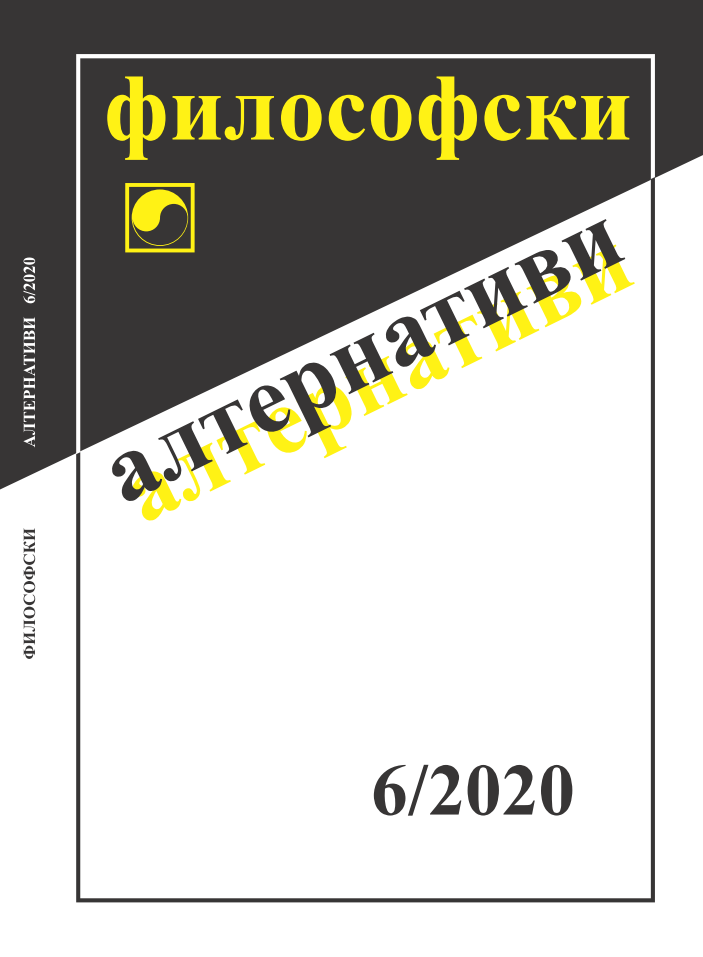
In this article, I will present the role of some non-classical logics with regard to certain logical problems known as sorites paradoxes. I will analyze the terms and the specific characteristics of these logics and at the same time I will highlight the shortcomings of some of these with regard to the logical problems in question. On the one hand, I will present arguments as to which of the considered logics are suited to overcome the sorites paradoxes and I will offer my interpretations of the problem. On the other hand, I will propose two of my own approaches through which it is possible to resolve the sorites paradoxes: the first of these approaches is heterogeneous, and the second is based on three-valued logic.
More...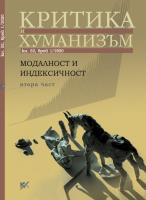
The text focuses on the philosophy of language of the Italian philosopher Giorgio Agamben and compares it with another trend in the theory of language, where a Bulgarian case of original theory is also examined. Agamben tries to create a modal ontology, in which ethics and ontology would be different and interchangeable modes of speech. He builds on the scholastic concept of mode and develops the modes of speech as an alternative to the linguistic modalities. On the other hand, the text views the French linguist Gustave Guillaume who works extensively with modalities and infers the philosophical concepts from the linguistic ones. Guillaume starts from a primal state where subject and object are undifferentiated in language and subsequently draws an operative field from the differentiation between the two. This is the path to the linguistic creation of time, the chronogenesis, and to the modalities. The Bulgarian guillaumist Krassimir Manchev works in this field. Yet the main purpose of the text is the juxtaposition of the philosophy of Agamben with the contemporary Bulgarian followers of the French theory of modalities, namely with the attempt of Darin Tenev to propose a modal theory that is appropriate for both philosophy and socioanalysis. The slightly elitist modal ontology of Agamben or the linguistic and sociological theories of modalities – this is the question of the article.
More...

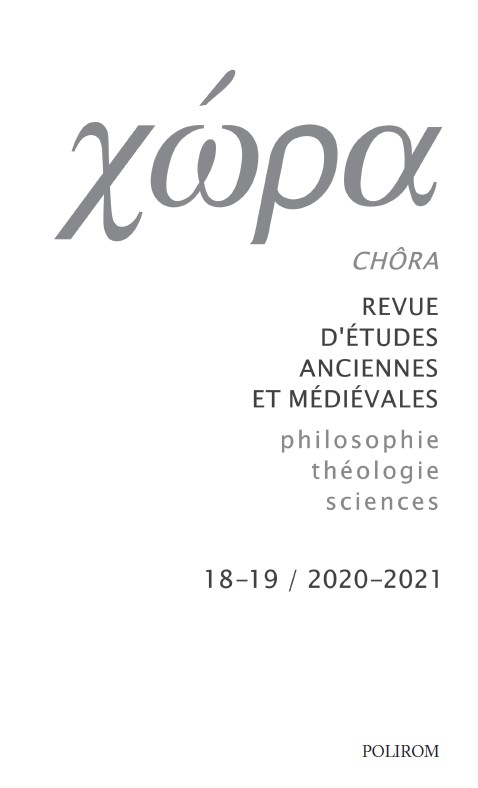
The Theætetus and the Sophist present in succession two “battles” regarding ousia. In so doing, ousia is placed at the heart of what is essential to both dialogues : in fact, ousia interconnects with the conditions of possibility, both physical and metaphysical, of logos and epistèmè. However, each dialogue brings differing conceptions of discourse and science into play, and both articulate a different train of thought regarding being. Ousia appears differently in the two dialogues and it is not the same thing as the notion of ousia, usually considered to be truly Platonic, presented in the central books of the Republic, which neither the Socrates of the Theætetus nor the Stranger of the Sophist put forward. Both present ways out of the battles, each has its own middle course. Against the thesis of the non‑immutability of ousia, the Theætetus establishes that there is not only motion. And, unlike the doctrine that reduces ousia to Forms excluding all motion, the Sophist shows that while there is not only motion, there is not only rest either. Such different orientations in the treatment of ousia, just below and just above doctrinal Platonism as it were, adjust to distinctions in the epistemological stakes : even if the Theætetus emphasizes that science proceeds from an activity of the soul bringing together “commons”, it is not yet a question, as it will be the following day, of systematically getting epistèmè to intellectually grasp a set of eidetic relationships, nor of making logos itself the elaboration of relationships. One needs to have left the field where those in favour of motion are challenged on their own ground, and in an albeit transformed field marked out by the partisans of eide which is not the field hierarchical metaphysics either, it will become possible to analyse the discourse itself as a relational framework that is consistent with the framework of ousia.
More...
Review of: Anna Motta - Bettina Bohle Olympiodors Kommentar zu Platons Gorgias, Heidelberg, Universitätsverlag Winter, («Studien zu Literatur und Erkenntnis», 11), 2020
More...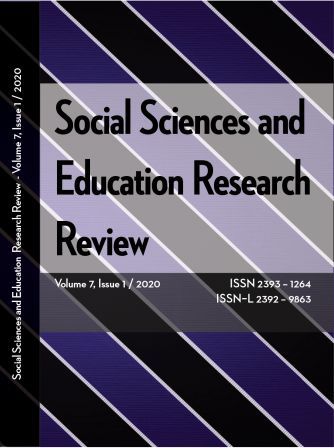
The present study is located to the epistemology of communication and aims mainly to clarify the inscription of the message with intent and the orientation given by it. The secondary aims to highlight ten types of materials with which the message is constructed (signs, codes, clues, indicators, clues, signals, symbols, images, symptoms, default stories). The method used is a comparative-meta-analytical one. The conclusion reached is that any message is targeted, that every message has a purpose.
More...